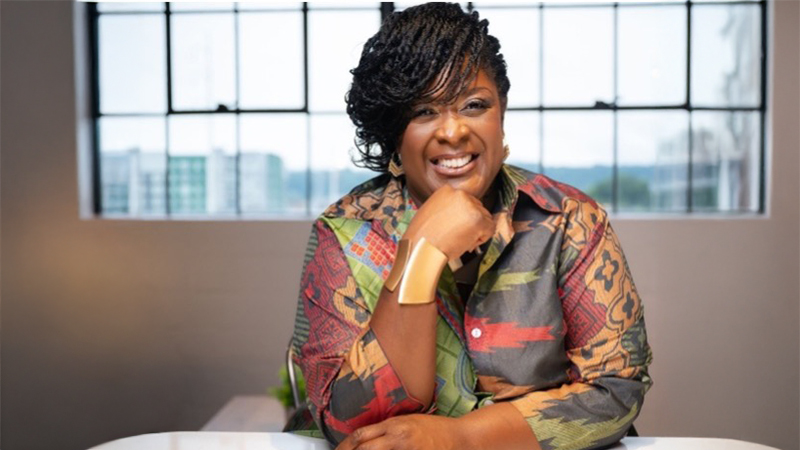Believe


Flashback to August 2005: Hurricane Katrina hit New Orleans, decimating 110 of the city’s 126 public schools. Students were displaced across the country. Most students did not enter a school building again until a full school year later. For some, it was as long as two years.
Then, like now, pundits focused on learning loss, on how far children had fallen behind, on the irreparable damage. This deficit-lens led to an overriding focus on remediation that assumed post-Katrina students could not handle challenging or enriching material. Schools that used this approach discovered that it actually widened gaps and undermined student motivation.
Yet bold leaders, like New Leaders alum and principal trainer Karen Bryan-Chambers, rejected that deficit lens and her leadership changed her students’ trajectories. As you navigate the post-pandemic world, you, too, can act in a way that magnifies your students’ strengths and puts them on a path to success in a transformed world.
We asked Bryan-Chambers how she led her post-Katrina school community to greater success year after year. Here are her secrets to success:
I like to remind people that “Katrina” means purity, clear, clean. Being a principal in my hometown after Hurricane Katrina gave me the opportunity to lead with pure intentions, to have a fresh slate to bring about change.
In true New Leaders fashion, the first thing I did was think about my vision and mission. I wanted my staff to embrace the vision, not just read it on a poster around the building. So, I started by telling my staff why I became a teacher and why I went into leadership. And, once I shared my why, I asked every staff member to tell me their why.
Why do YOU want to teach in a ReNew school? Why do YOU get up every day and come to this school to serve our Black and brown children? Why do YOU do this work?
That’s how we got our collective why—that was living within each of us.
Our vision drove our work. It had us look at data with an equity lens, to ensure every one of our students got exactly what they needed. We gave them an accelerated curriculum. We gave them interventions. We brought in their voices and our family voices. We wanted them to feel comfortable in their school. “It’s your school,” we’d always say. We refused to pity them.
As teachers, we discussed teaching strategies, observed one another teaching, and gave feedback. And we did it again and again and again so we could get better.
Now I know that people like to say doing a vision and mission does not work. And I agree, if all you are doing is writing it down on your school improvement plan and saying, check. Or putting it on your letterhead, check. Hanging posters around your school, check.
But that first year, our students soared. The next year, same thing. We had some of the highest gains in the Recovery School District because we believed in our vision, and we believed in our students. We believed that it was the responsibility of every adult in our school to make sure our students achieved. Together we did whatever it took to make that vision a reality for our children.
Her advice to leaders right now: Invest in your teachers. Prioritize their instructional practice as well as their physical and emotional well being.
“If schools do not have a vision,” Bryan-Chambers argues, “our students will lose valuable teachers. Leaders need to invest in our educators so they stay around and help us win.”




.svg)
.svg)
.svg)
.svg)



.svg)
.svg)








